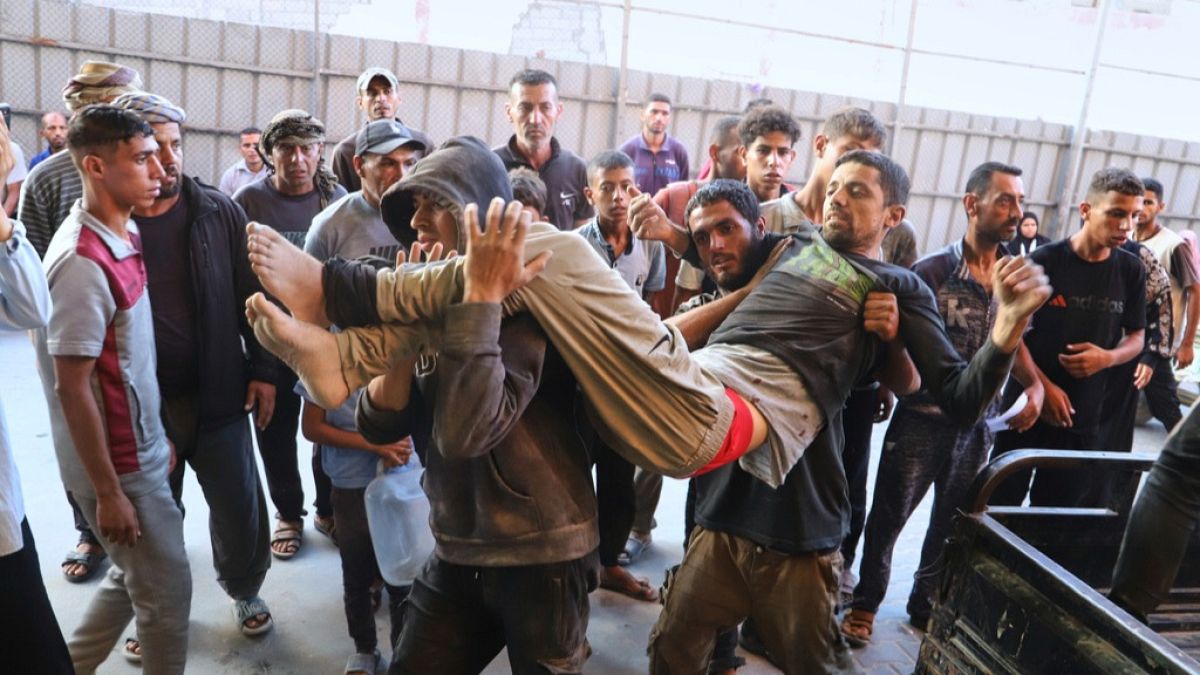

In a world constantly evolving with geopolitical challenges and humanitarian concerns, recent events in the Middle East and Ukraine have captured international attention. The backdrop of these developments involves ceasefires, unresolved disputes, and the impact of military actions on civilians.
In a particularly devastating incident, the recent firing by Israeli troops on Palestinians seeking aid near food distribution hubs in Gaza has resulted in at least 32 casualties and more than 100 injuries. Witnesses and hospital officials have described the scenes near the Gaza Humanitarian Foundation hubs as tragic, underscoring the severe humanitarian challenges in the region. This incident adds to the broader context of stalled ceasefire efforts between Israel and Hamas due to disputes over Israel’s presence and Hamas’s future in the Gaza Strip.
Meanwhile, the region also dared to hope as the United States announced a recent agreement on a ceasefire involving Israel and Syria. This agreement aims to alleviate the effects of intense clashes that have displaced tens of thousands and perpetuated a humanitarian crisis in an area still recovering from over a decade of civil war. Clashes in the region have also involved ongoing tensions between the Druze minority and Bedouin clans in Sweida, where mediation by the US, Turkey, and Arab nations is paving a cautious path towards stability.
In parallel, the international community closely follows events in Ukraine, where Russia’s recent military actions have comprehensively escalated. Over 300 drones and 30 missiles targeted cities, including Odessa, leading to the death of one civilian. This intensification has prompted analysts to predict possible further escalations. The United Kingdom responded robustly by imposing sanctions on Russian intelligence over a separate deadly theatre strike in Ukraine and various cyber sabotage campaigns affecting Europe and the US.
As diplomatic efforts continue, the humanitarian impact remains a vital concern. The UK government, for instance, faces legal scrutiny over its failure to evacuate critically ill children from Gaza, contrasting its response to evacuations in other conflict zones. The challenges are a stark reminder of the complexity and depth of conflict-related humanitarian needs.
As the world watches these developments, individuals and communities affected by these conflicts continue to face significant hurdles, marked by loss, displacement, and the drive for survival. Efforts towards peace and stability, though fraught with political and practical challenges, remain crucial.
At this crossroads, global stakeholders are reminded of the importance of persistent dialogue and active humanitarian support. The path to peace is a gradual process that demands patience and diplomatic endurance, with the hope that these multifaceted efforts will eventually usher in a more peaceful and harmonious existence for all those affected.
Source: {link}
